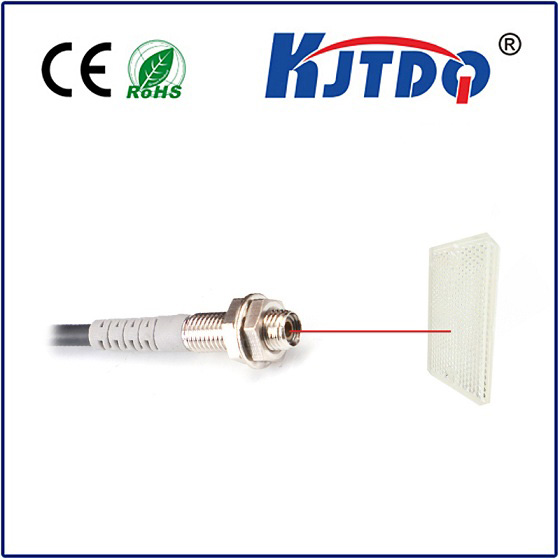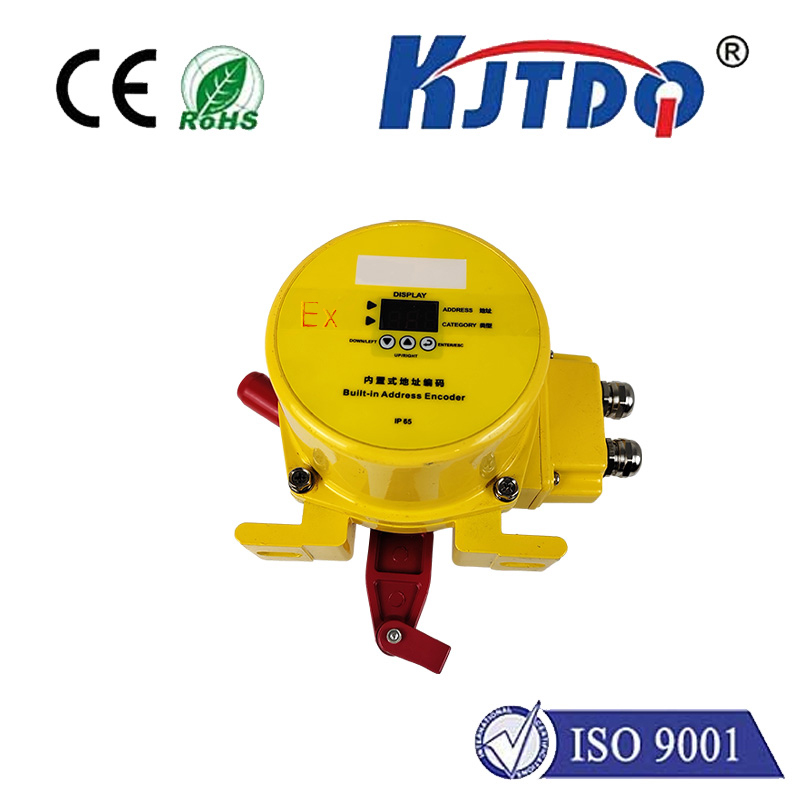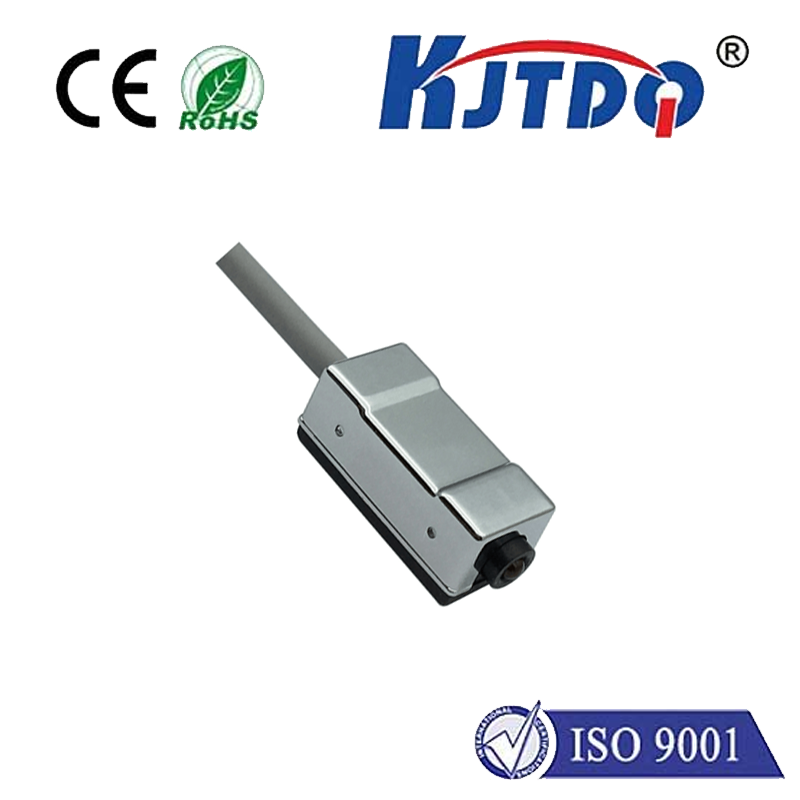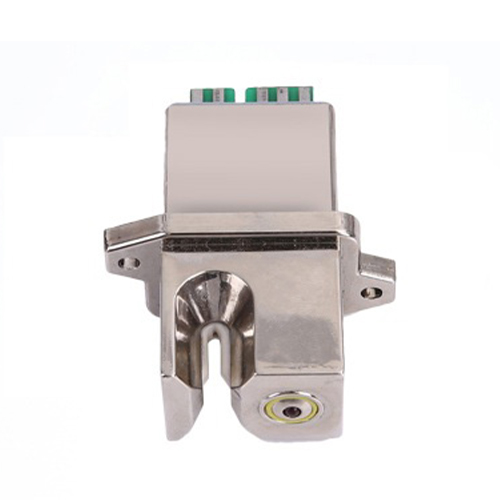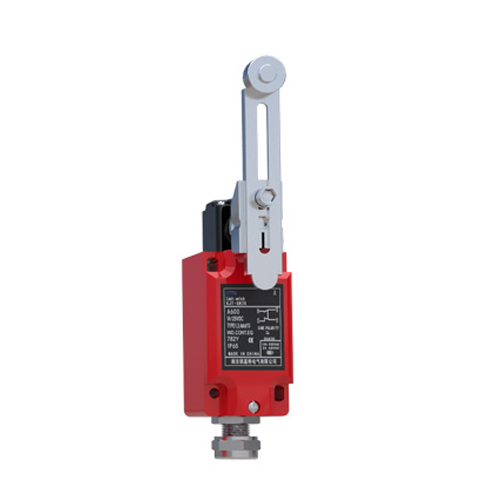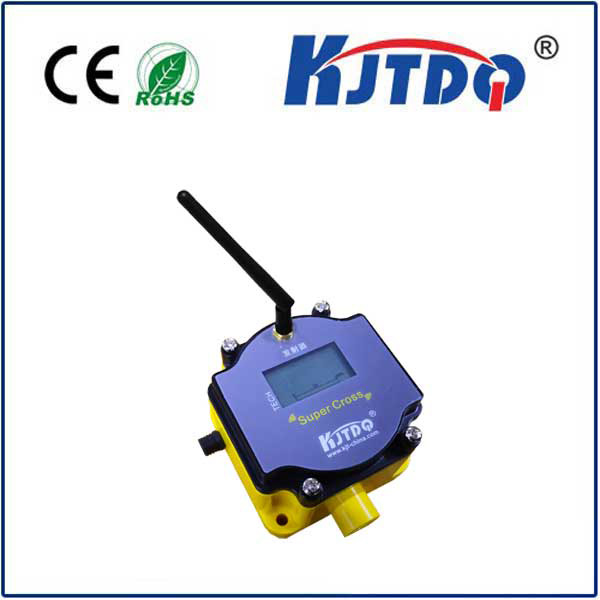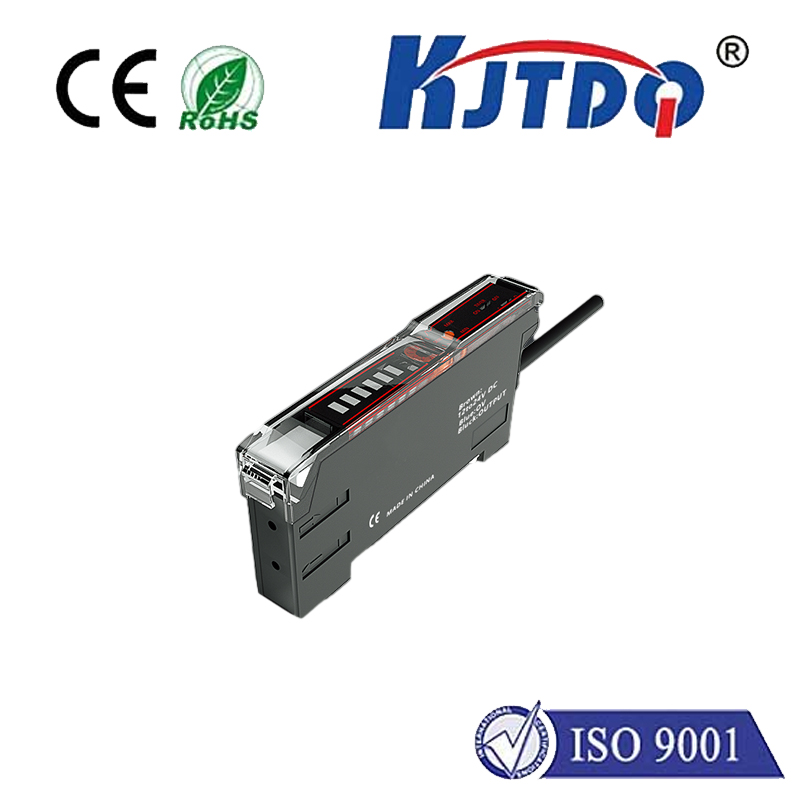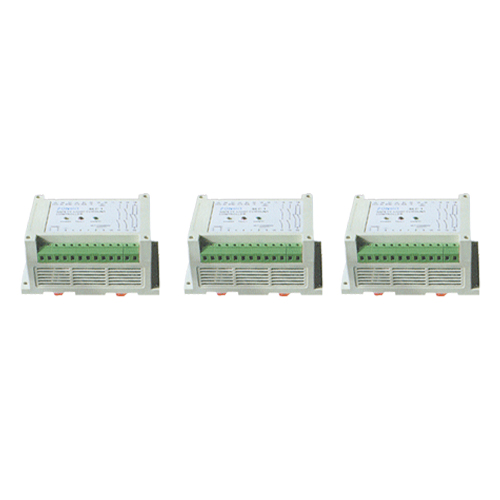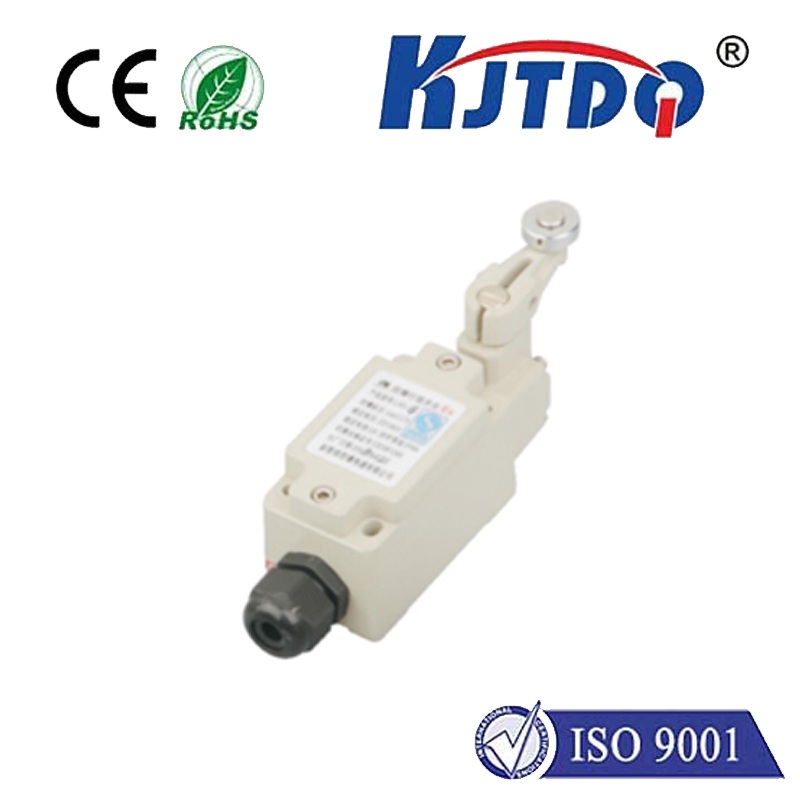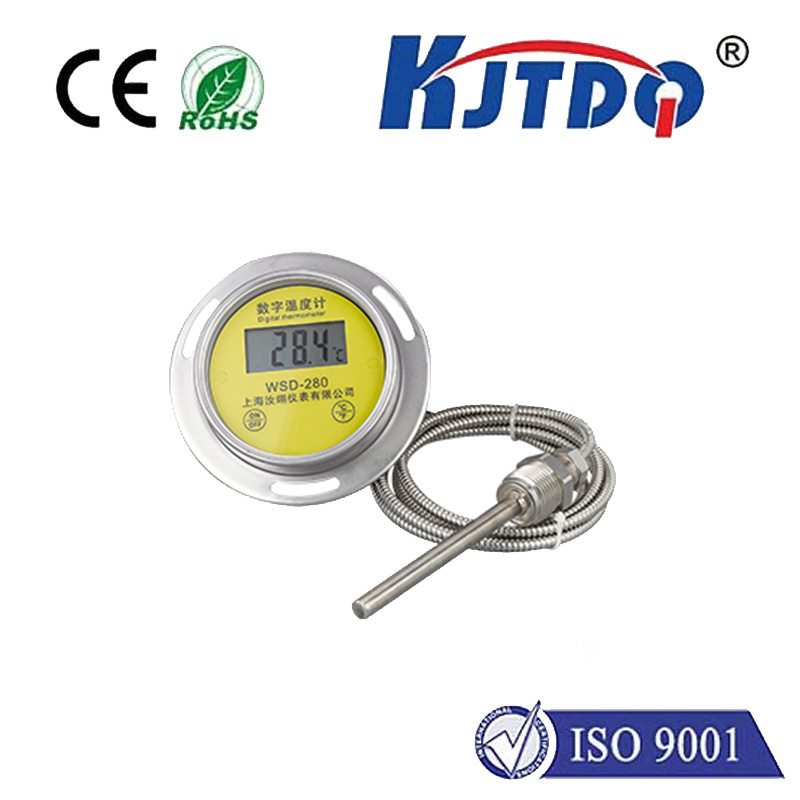

check

check

check

check

check

check

check

check

check

check
Ever wondered how that automatic door opens seamlessly, how your package zooms down a conveyor belt without errors, or how machines know exactly when a part is missing? More often than not, the unsung hero ensuring this precision and reliability is a photoelectric sensor. And within this critical category, sensors like the E3FB-DP23 5V stand out as exceptional tools for low-power, compact sensing. This article explores why the E3FB-DP23 5V Photoelectric Sensor is a cornerstone of efficient and versatile automation solutions.
Photoelectric sensors, fundamentally, work by emitting a beam of light (visible red or infrared) and detecting changes in the received light signal. When an object interrupts or reflects this beam back to the sensor, a signal change occurs, triggering the sensor’s output (switching it on or off). This simple yet robust principle enables the detection of objects regardless of material – plastic, metal, wood, glass film, opaque liquids – making them incredibly versatile. The E3FB-DP23 specifically utilizes a through-beam sensing method: the emitter and receiver are separate units. An object is detected when it physically breaks the light beam traveling from the emitter to the receiver. This method offers the longest sensing ranges and highest immunity to challenging surface conditions like color, reflectivity, or texture variations compared to diffuse or retro-reflective types.

The “5V” in its designation isn’t an afterthought; it signifies a core advantage. While many industrial sensors operate at 12-24V DC, the E3FB-DP23 5V Photoelectric Sensor is engineered specifically for environments where:
So, what sets the E3FB-DP23 apart within the 5V photoelectric sensor landscape? Key features include:
The combination of its 5V operation and robust through-beam sensing makes the E3FB-DP23 ideal for numerous demanding tasks:
In today’s rapidly evolving industrial automation landscape, the demand for smarter, more efficient, and adaptable components is relentless. The E3FB-DP23 5V Photoelectric Sensor addresses this need head-on. Its primary strength lies in its seamless integration with the low-voltage digital ecosystems dominating modern controls, robotics, and IoT devices. By eliminating complex power conversion needs, it reduces design complexity, potential points of failure, and overall system cost. The energy-saving nature of its 5V operation aligns perfectly with global sustainability goals, reducing the carbon footprint of automated processes without sacrificing performance.
Furthermore, its compact size allows engineers to incorporate high-quality sensing into ever-smaller machines and devices, pushing the boundaries of miniaturization without compromising on detection reliability. The robust IP67 protection guarantees dependable operation in demanding factory settings, minimizing unplanned downtime and maintenance costs. When consistently reliable object detection is mission-critical within a low-voltage environment, the E3FB-DP23 provides a robust, proven solution. Its blend of compatibility, efficiency, ruggedness, and precision makes it much more than just a sensor; it’s an enabler of smarter, more responsive automation systems that leverage the benefits of modern 5V control architectures. Whether controlling delicate laboratory equipment or ensuring the smooth flow of goods on a miniature logistics line, this 5V photoelectric sensor delivers the dependable performance modern automation demands.
